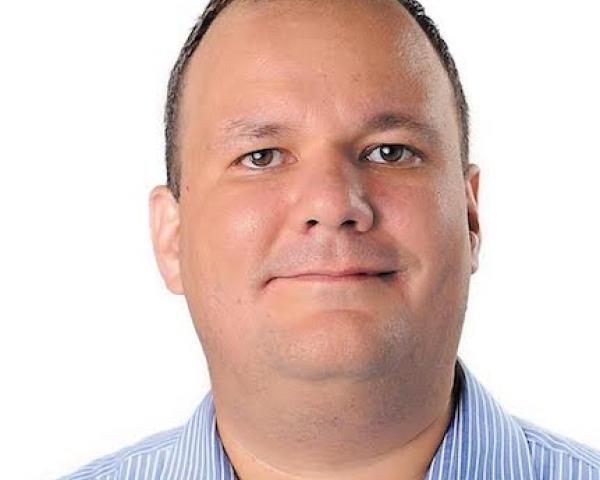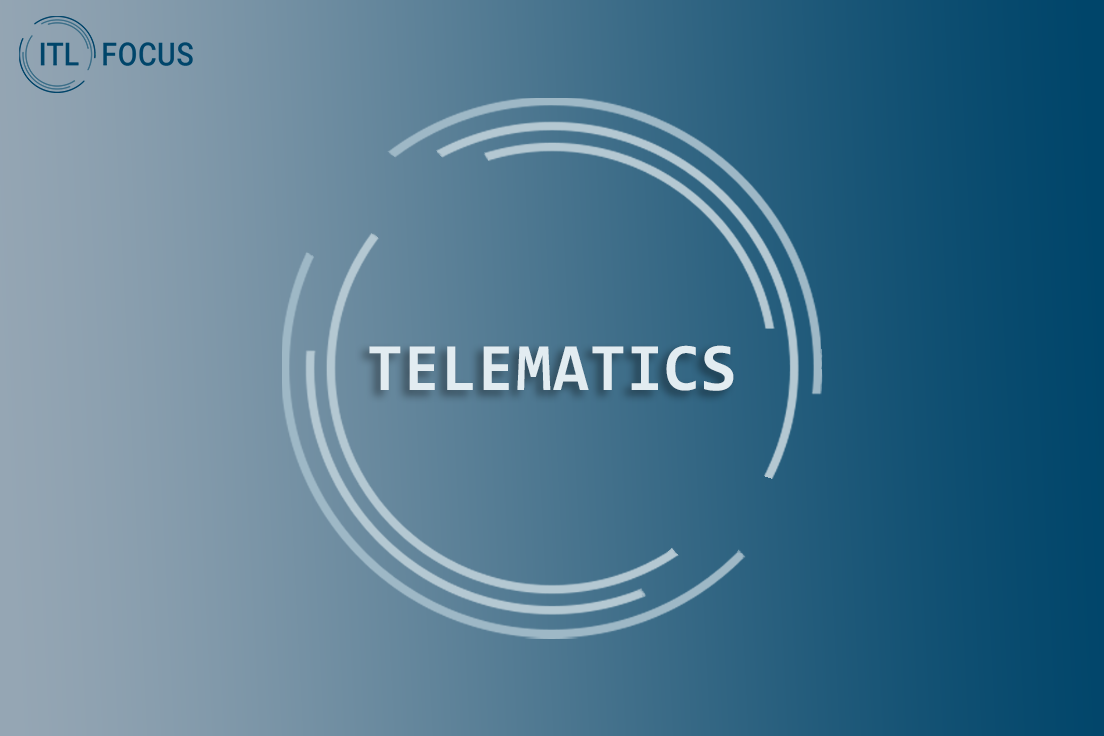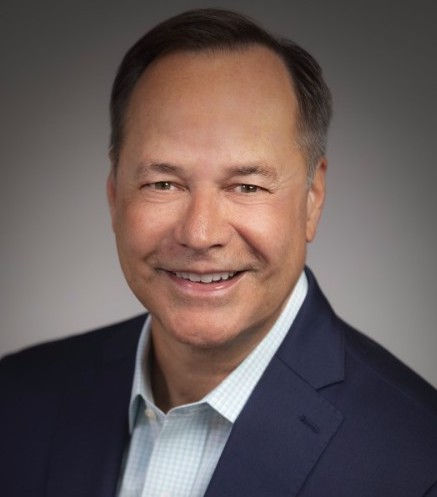As part of this month’s ITL Focus on telematics, we spoke with Dave Wechsler, vice president of growth initiatives at Hippo Insurance, on how far telematics has come—and where it goes from here.
ITL:
Given that you’ve been involved with telematics a lot longer than I have, could you start us out with a bit of history, to explain how we got to where we are today?
Wechsler:
There’s a huge opportunity for the insurance industry to move toward proactively caring for customers, helping beyond just indemnification. The insurance application of telematics has become integral in bringing us closer to creating a more protected future. For example, here at Hippo, we partner with our customers to help them avoid a loss in the first place by offering Smart Home devices alongside new policies.
The evolution of auto telematics in insurance is a great example of what will happen across the industry. Until recently, there was limited adoption by insurance companies due to price point, limited technology and concerns over consumer adoption. In the early days, auto telematics systems were expensive black boxes installed in an auto body shop for thousands of dollars. But with time, the technology transformed into a device that a driver could buy in a store and self-install in their car. Over that period, wireless networks significantly improved and became less expensive, which allowed for real-time data transfer. Ultimately, consumers became more comfortable with datasets coming from devices that they own, leading to the rise of usage-based, or “pay-per-mile,” insurance.
Just like with any other technology, when the adoption curve accelerates, prices drop and features improve. And as telematics technology improved, cell phone manufacturers began to install it into phones. Suddenly, a mobile phone was a powerful substitute to the installed equipment, and a no-cost app could be downloaded to monitor driving and enroll in a safe driver program.
ITL:
It feels like we’ve moved a fair ways up the learning curve, too, in terms of what people value. I was struck, speaking at a telematics conference a few years ago, that insurers were just learning that there were real issues with human behavior that they hadn't understood. Customers, for instance, were more inclined to value something like free roadside service free than they were a 5% discount. The roadside assistance actually cost the insurers less than the discounts they were providing – so insurers were paying more to give customers something they valued less.
Wechsler:
Leading with a discount is not the only way to attract customers - it’s the protection proposition that I think the industry needs to embrace. Telematics should be a part of a productive partnership that helps the customer decrease their anxiety and ensures they are aware that we are on their side. These are the right benefits for participation when our goals are aligned with the customer.
From a regulatory perspective, we need to be open-minded. Regulators are there to ensure that consumers are benefiting. So, start off by saying, “Well, here are other benefits that we can bring into the market that are received better by consumers and, in fact, give them more protection than a small discount on the policy.” I think there is a lot of openness right now as to what’s the best approach as we all learn together.
ITL:
From your current role with Hippo, you can see the uses of telematics in insurance expanding beyond cars, in particular into homes. How do you frame that opportunity?
Wechsler:
A few years ago, only very basic sensors were available for the home. And these products were both expensive and not particularly effective. Like auto telematics, these devices have matured, and prices have come down materially. We now have the potential for actual loss-avoidance at a feasible price point.
We have to understand that this is still new for the consumer. Realizing the full potential means enabling customers and educating them on where they can be protected and how they can protect themselves. It's about giving customers the tools - not only equipment but installation, professional monitoring or other services as needed. It's about understanding the power of sensory data to identify risks in the house and creating better technology to avoid loss.
We're seeing all these trends now accelerate, where the quality of the technology is much better, the price is much lower and the service offering to support telematics in the home is becoming self-evident. Most of all, customers are excited.
ITL:
How close are we to being able to argue for wide deployment of sensors in homes on the grounds that the losses prevented will exceed the cost of deployment?
Wechsler:
Early systems were expensive, but prices are dropping and features are improving. Detecting water leaks with basic sensors is a good start, in my opinion. The automatic shutoff valves that these sensors can trigger used to cost thousands of dollars and required a plumber for installation. Today, you can find DIY home shutoff valves for as low as $150, and it’s doable for the homeowner to set one up themselves.
Insurance companies like Hippo can spur the market in terms of adoption by enabling and educating on the loss-avoidance benefits. Here at Hippo, we are focused on meeting the customer where they are, which is why we offer a variety of solutions, from self-monitored to professionally monitored smart systems. If you want a basic smart home system, great, we'd love to give you a range of sensors. If you want something very sophisticated, fantastic, you're an ideal customer for us as we aim to be a partner to our customers to protect their homes.
ITL:
I assume that, over time, a lot of safety features will be built into homes, as well, so there will be no need to retrofit.
Wechsler:
Our goal is to provide our customers with more proactive protection options. This includes looking at the structure and systems within the home itself. For instance, Lennar, one of the nation’s leading home builders, is installing a whole-home water shutoff water valve in every home that’s WiFi-enabled. These systems can work in partnership with our program at Hippo to reward customers with deeper discounts on their home insurance policy.
ITL:
How much of a help will the widespread adoption of 5G wireless be?
Wechsler:
It's almost impossible to imagine a home without connectivity at this point, and we're excited about the extra protection connected devices can provide. The biggest problem, in my opinion, is that most customers don't understand the impact of damage done from what can appear to be minor issues due to water leaks or small fires, until they dig into the situation themselves. You have to get the consumer to understand the benefits, which is our focus at Hippo.
Insurers can be the catalyst through discounts or through better services, whatever it might be. And a rising tide lifts all boats. Hippo is leading the industry in smart home integrations, but I hope to see the entire ecosystem improve so consumers can become aware that these devices protect their homes.
ITL:
To wind us up, I’ll ask you to blue sky things a bit. If you look out five or 10 years, what do you think the smart home could look like?
Wechsler:
We are on the cusp of an incredibly exciting time in the next chapter of smart home as it becomes more deeply married with home insurance products. What I’m most excited about in joining Hippo is that we’re trying to be a different kind of home insurance company. Through devices, data and services, we envision a more proactive future that challenges the traditional model and offers customers a new level of preventative care for their home.
ITL:
Thanks so much. This has been great.
Wechsler:
Thank you!

















































